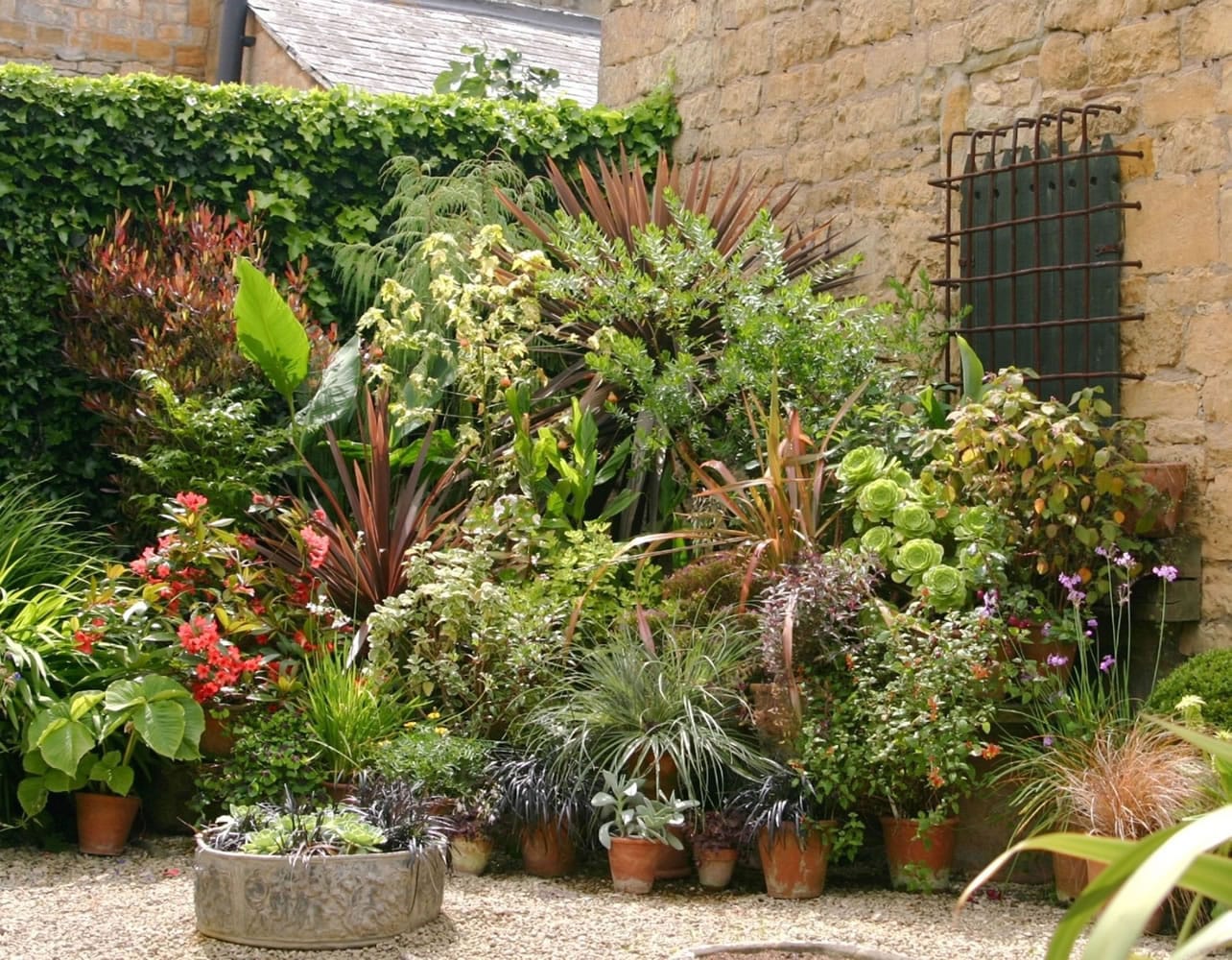Many of the long-lived foundation plants in our gardens need moderate pruning to retain good form and encourage next season’s flower production.
Annual deadheading is normally the only pruning that needs to be done on heaths, heathers and lavenders. This yearly trim will keep the plants compact, vigorous and heavy flowering. Without pruning, they have a tendency to spread open and go bare in the center of the plant. Use garden shears to cut away the dead flower heads and about ¾ inch to 1¼ inch of the previous season’s growth. This will also stimulate dense new growth.
I used to dislike junipers in the garden but that was before many of the recent plant introductions. Now there are any number of lovely, beautifully tinted choices for the contemporary garden. American nurseries produce over 40 species of junipers and over 170 cultivars, or varieties. They serve as accent plants, ground covers, hedges and specimens. Two of my favorites are Juniperus pfitzer “Aurea,” with arching, golden boughs, and J. squamata “Blue Star,” a shapely mound of silver-blue, evergreen needles.
Both the large shrub junipers and the creeping ground cover forms can be pruned now. New growth will quickly cover the cuts. Prune these plants rather than shearing them. Shearing produces a dense outer layer that shades the inner wood and can result in die-back. Junipers are hardy plants that look best when pruned along their natural lines. Cut out branches that grow into walkways or other plants.
The easiest way to prune is to take hold of the end of a branch that has grown too long. Follow it into the shrub and cut it off at a fork where a new branch is growing in the direction you want the plant to grow. Think about how you prune roses above a bud to force the direction of growth. By removing only the longest branches in this manner, you should only have to prune junipers once every couple of years.
Try perennials
If you planted your annuals early this year, you may have to replace some of those plants that were stunted by the lingering chill of early spring weather. This year, try adding a few perennials in place of all annual color plants.
I like to use annuals in the garden as you would use a fresh coat of paint on the interior walls of your home. All white impatiens and creamy, scented nicotiana make a garden area elegant and enticing. Multicolored Iceland poppies followed by a bright mix of common zinnia liven up the garden from spring through summer. Before you go to the nursery, take the measurement of the area you are planting. A 5- by 10-foot bed is 50 square feet (multiply the length by the width). When you find the plants you want, ask the nursery person how many you will need to fill the space, or read the plant label and do your own math. Do not skimp on annuals. In this case, more is better.
If you are filling in an established border, count the gaps you would like to fill. Eye-ball the individual spaces to estimate whether or not there is room for more than one plant in each space. Rather than buying one or two plants at a time and coming up with a hodgepodge of colors and shapes, buy the majority of the annual plants you will put out for the season at one time. Then you can add the occasional single plant as a highlight.
Renew the soil in your annual planting beds as well as individual planters each year. Add the old soil to composted leaves, grass and yard debris. Plants put out directly in the garden do best in a good “planting mix” that you combine with the existing garden soil. Use a “potting mix” by itself in pots and planters. Many new mixes boast a water-holding polymer that helps keep your potting soil moist through short periods of drought.
Pack the soil mix firmly to give the roots secure anchorage while still allowing enough air so that the roots can breathe. For best results, mix in a slow-release fertilizer before planting your annuals. A grouping of pots by the back door of your house is all you need for the perfect starter vegetable garden. Most vegetables do well in large pots. Keep in mind that the closer vegetables are to the house the more likely they will be well tended and harvested as needed.
Robb Rosser is a WSU-certified Master Gardener. Reach him at Write2Robb@aol.com.



